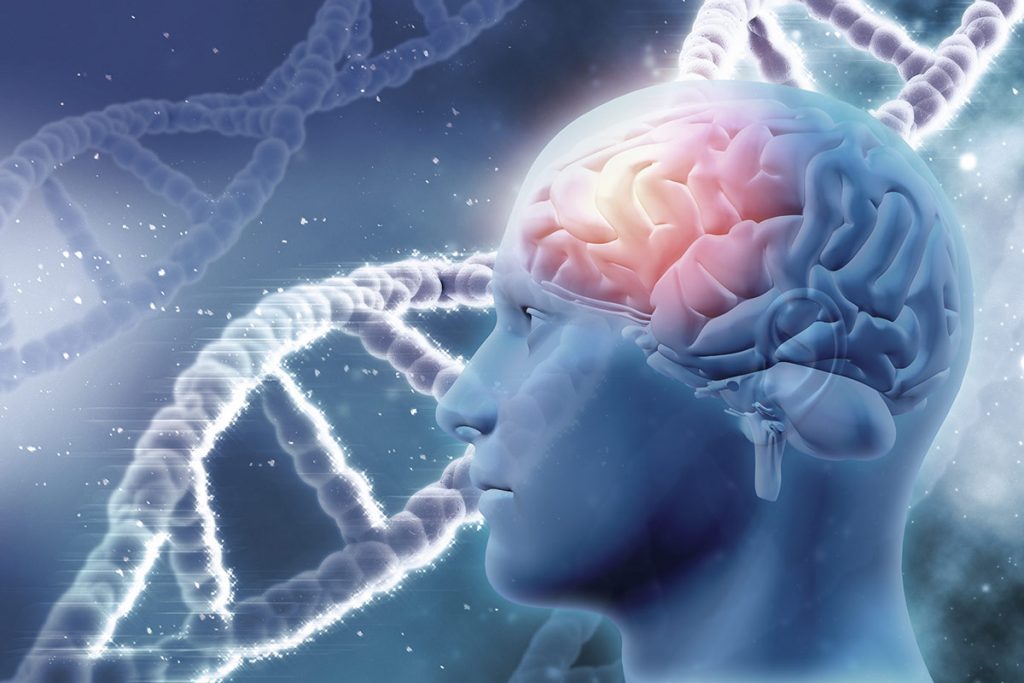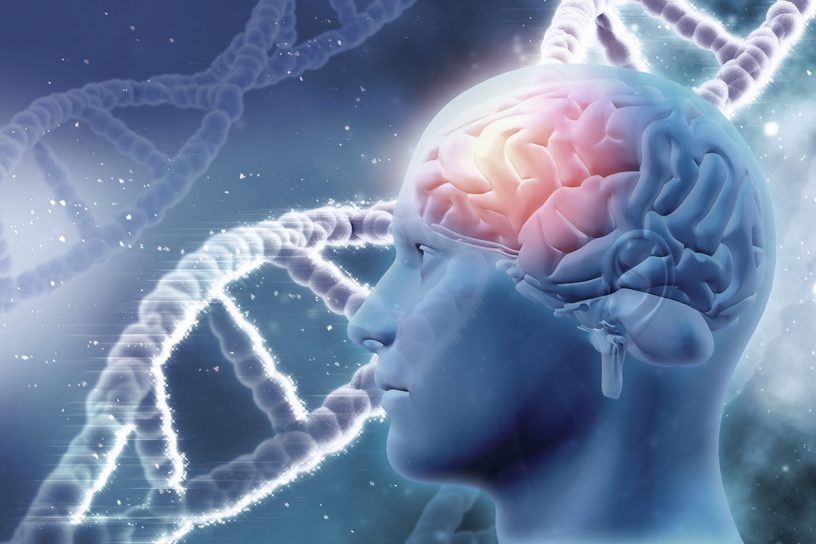
The findings of this study suggest that neuroimmune activation in response to ethanol within the neonate hippocampus contributes to later-life cognitive dysfunction.
Authors
Derick H. Lindquist, Department of Psychology & Department of Neuroscience, The Ohio State University, Columbus, Ohio, USA. (Currently, Professor and Dean, Jindal School of Psychology & Counselling, Sonipat, Haryana, India.)
Molly J. Goodfellow, Department of Psychology, The Ohio State University, Columbus, Ohio, USA.
Youn Ju Shin, Department of Neuroscience, The Ohio State University, Columbus, Ohio, USA.
Summary
Impairments in behavior and cognition are common in individuals diagnosed with fetal alcohol spectrum disorders (FASD). In this study, FASD model rats were intragastrically intubated with ethanol (5 g/kg/day; 5E), sham-intubated (SI), or maintained as naïve controls (NC) over postnatal days (PD) 4–9. Ethanol exposure during this human third trimester-equivalent period induces persistent impairments in hippocampus-dependent learning and memory.
The ability of ibuprofen (IBU), a non-steroidal anti-inflammatory drug, to diminish ethanol-induced neuroinflammation and rescue deficits in hippocampus-dependent trace fear conditioning (TFC) was investigated in 5E rats. Phosphate buffered saline vehicle (VEH) or IBU was injected 2 h following ethanol exposure over PD4-9, followed by quantification of inflammation-related genes in the dorsal hippocampus of PD10 rats.
The 5E-VEH rats exhibited significant increases in Il1b and Tnf, but not Itgam or Gfap, relative to NC, SI-VEH, and 5E-IBU rats. In separate groups of PD31-33 rats, conditioned fear (freezing) was significantly reduced in 5E-VEH rats during TFC testing, but not acquisition, compared to SI-VEH and, critically, 5E-IBU rats. Results suggest neuroimmune activation in response to ethanol within the neonate hippocampus contributes to later-life cognitive dysfunction.
Published in: Science Direct
To read the full article, please click here


